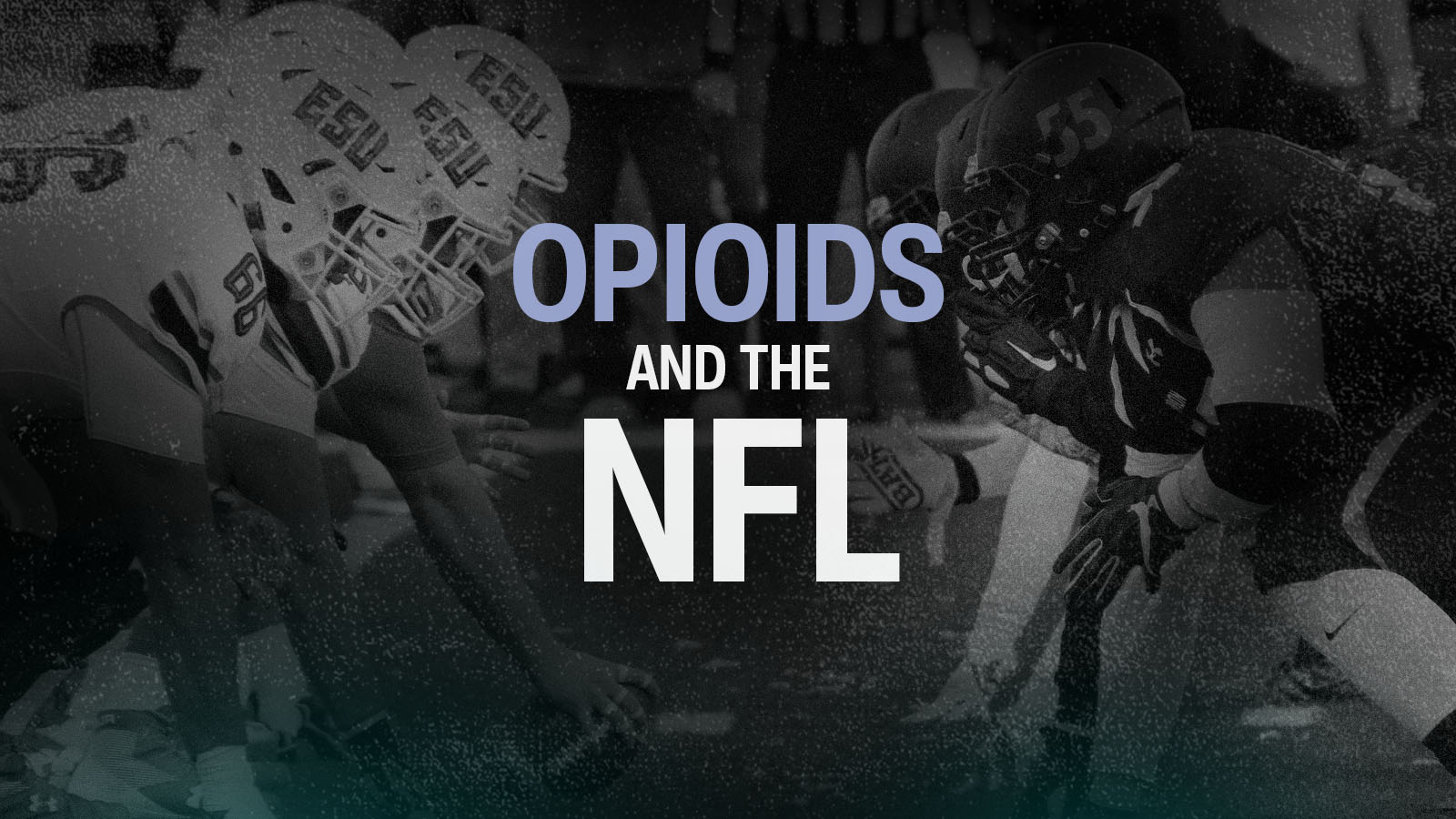Whether you care about the Super Bowl or not, your associations with the event probably include things like the big game itself, its half-time spectacles, and its ads. What’s unlikely to cross your mind: the personal lengths players sometimes go through to sustain a career in the N.F.L.
“Putting up with pain—a lot of it—has for decades been central to the bargain of playing for glory and money in the N.F.L., the biggest stage in American sports,” wrote Ken Belson in the New York Times. “To do that, countless players have long ingested far more pills than they should.”
And as we know, an opioid addiction that takes hold follows people into all corners of life without a graduation date. Retired players, of course, have less to stand to lose by speaking out about what they grappled with.
Former lineman Aaron Gibson, who played in the N.F.L. from 1999 to 2004, told the New York Times that in retirement he was taking as many as 200 pills a day before he got off them. “If I didn’t play in the N.F.L., I know I wouldn’t have been in this situation,” he confessed.
Opioids and the N.F.L.: What the data says
One systematic review of studies involving over 200,000 athletes showed staggering amounts of opioid misuse among N.F.L. players. Opioid use among professional athletes at any given time ranged from 4.4% to 4.7%, while opioid use over a National Football League career was 52%. Use of opioids while playing predicted use of opioids in retirement.
A 2020 study published in the Clinical Journal of Sport Medicine found that 26.2% of retired players said they had used prescription opioids within the past 30 days, and nearly half of those players said they did not use them as prescribed.
A study conducted in 2011 by researchers at Washington University School of Medicine found that 7% of retired players—approximately 1,500 men—said they had misused painkillers in the past month. That was more than 3 times the national rate for adults 26 and older at the time.
What are the risk factors for opioid use among athletes?
Risk factors associated with opioid use include:
- playing contact sports (hockey, football, wrestling) and sustaining injuries
- postretirement unemployment
- undiagnosed concussion
As retired athletes have started to speak out about their struggles with opioid addiction, we’re learning even more about what puts them at risk. For instance, retired players may need significant surgeries to deal with the injuries accumulated over the course of their careers.
What can be done?
Despite coming under scrutiny with repeated lawsuits from former players and federal investigations, relying on the N.F.L. to fix the problem will only go so far. That’s because there are already significant numbers of athletes who are coping with addiction. And they face the same hardships as anyone else struggling with opioid use disorder, such as trouble knowing where to access quality care. And when they try to quit cold turkey (an approach that more often than not proves to be ineffective) the withdrawal symptoms are overwhelming.
There may also be the shame factor: Athletes who were in the public eye may feel reluctant to visit in-person rehabs where their privacy may be compromised.
Luckily, the same telehealth option that has helped countless people get effective treatment for opioid addiction can help athletes, too.
Over a video call, they can see licensed clinicians who prescribe the drug Suboxone®, a combination of buprenorphine and the overdose reversal drug naloxone. It blocks cravings and prevents withdrawal symptoms (important safety information).
For patients with opioid use disorder who may also have pain conditions (such as current or former athletes), Suboxone is an ideal treatment as it can be given multiple times a day to provide pain relief around the clock.
That’s what we offer at Ophelia and welcome anyone from any walk of life…and any sports field.
Sources





